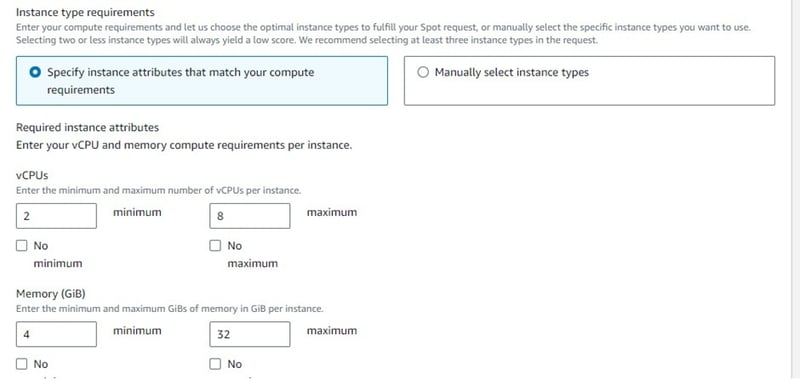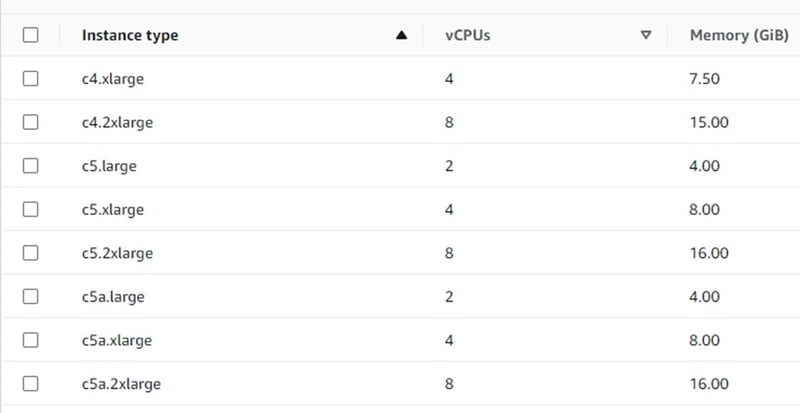dev-resources.site
for different kinds of informations.
Maximizing SPOT Instance Efficiency Strategies
Introduction
Since 2009, leveraging AWS EC2's bidding process has ensured cost efficiency. Discounts ranging from 50% to 90% off on-demand rates are achievable. These instances, though, function similarly to on-demand ones. They are best suited for fault-tolerant workloads. However, they are subject to AWS's 2-minute interruption notice. Additionally, AWS can reclaim SPOT instances if current prices exceed bid prices. Capacity constraints in specific regions also pose a consideration.
While this model offers optimal discounts for running compute workloads, its interruption nature, workload suitability, and the necessity for architecture alignment contribute to low enterprise adoption. Despite AWS introducing numerous features to mitigate interruptions, the adoption remains modest. In this blog, I'll delve into two features that significantly enhance the SPOT selection process, offering higher benefits.
SPOT Placement Score
Before submitting a SPOT instance request for your workload, you can utilize this feature to assess recommended regions and availability zones with the highest potential matches and minimal interruption probabilities. This serves as an invaluable guideline for SPOT selection, enhancing the reliability of the instance. The Spot placement score offers insights into the likelihood of success for a Spot request in a given region or availability zone, albeit without guaranteeing instance availability and reliability. It's important to note that this score may fluctuate over time based on demand. Nonetheless, it provides an excellent starting point for initiating SPOT instance requests.
Quick tips
1) You can regular view placement scoring to understand your SPOT instance success ratio.
2) Specify capacity range attributes instead of individual instance types.

As depicted in the aforementioned figure, if your workload requires significant memory resources, it is advisable to opt for a capacity range spanning from medium to large per instance. This range-based approach offers a wider selection of options compared to relying solely on fixed instance types..

As shows in the figure, the range give you many combinations, that is near to your capacity requirements.
3) Region and Availability Zone Recommendations:
The SPOT placement score offers region and availability zone recommendations based on instance and capacity needs. Scores range from 10 to 1, with 10 indicating a high likelihood of Spot request success, though not guaranteed.
Step by Step guidance on how to use spot placement score, please refer:- https://docs.aws.amazon.com/AWSEC2/latest/UserGuide/spot-placement-score.html#sps-specify-instance-attributes-console
Attribute based selection.
You must determine the final instance type requirement to establish your SPOT instance request, upon which AWS allocates capacity accordingly. Setting the placement score based on instance type or their specific attributes allows for a wider range of choices than specifying a instance type in a better model, resulting in higher success rates than relying solely on individual instance types. For instance, Figure 1 illustrates a fixed instance model, where the likelihood of success is diminished due to its inflexible nature.
The below figure shows attribute-based selection, which can give you higher success ration and better suggestion as compared to the manual selection.
Through placement score and attribute-based model, you can have higher success ratio in Spot instance category.
Conclusion
leveraging AWS SPOT instances necessitates careful consideration of placement strategies and instance type selection. By embracing capacity range attributes and region recommendations based on SPOT placement scores, users can enhance reliability and optimize resource allocation. Adopting a flexible approach offers greater success rates compared to rigid, fixed instance models. This underscores the importance of adaptability and informed decision-making in maximizing the benefits of SPOT instances within AWS infrastructure.
Featured ones:

